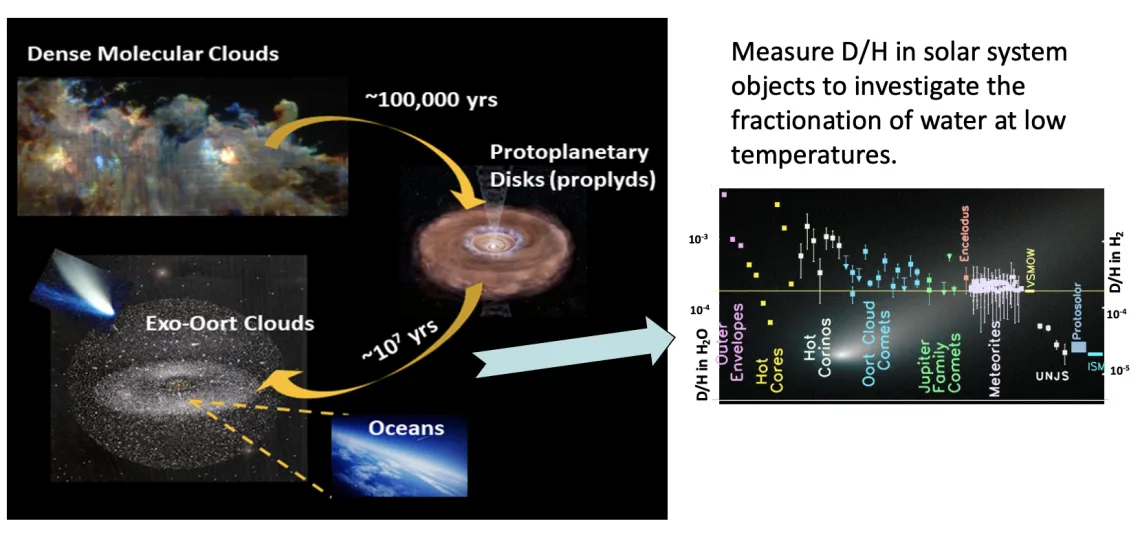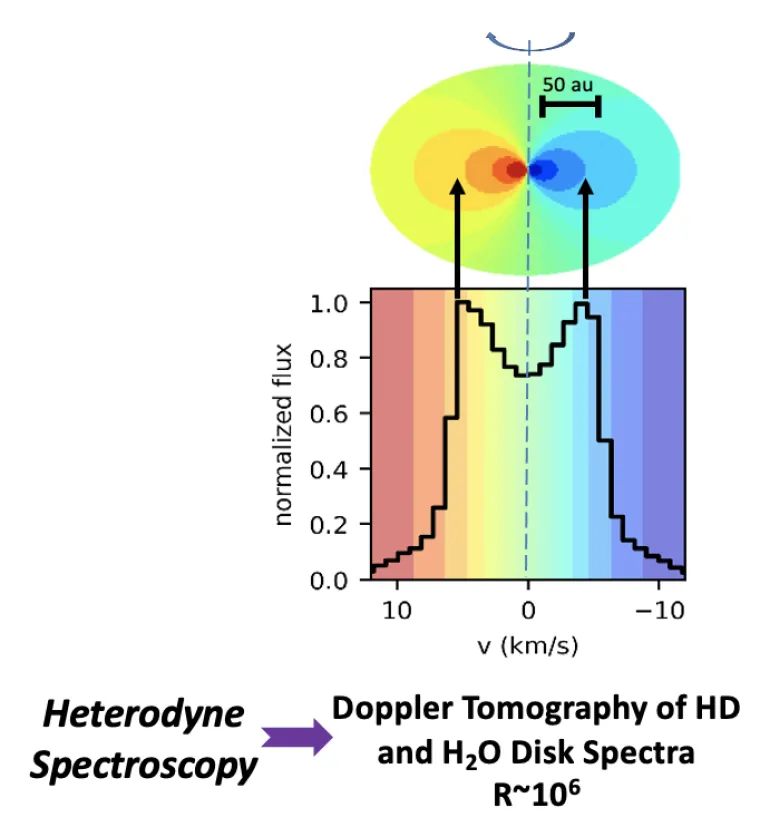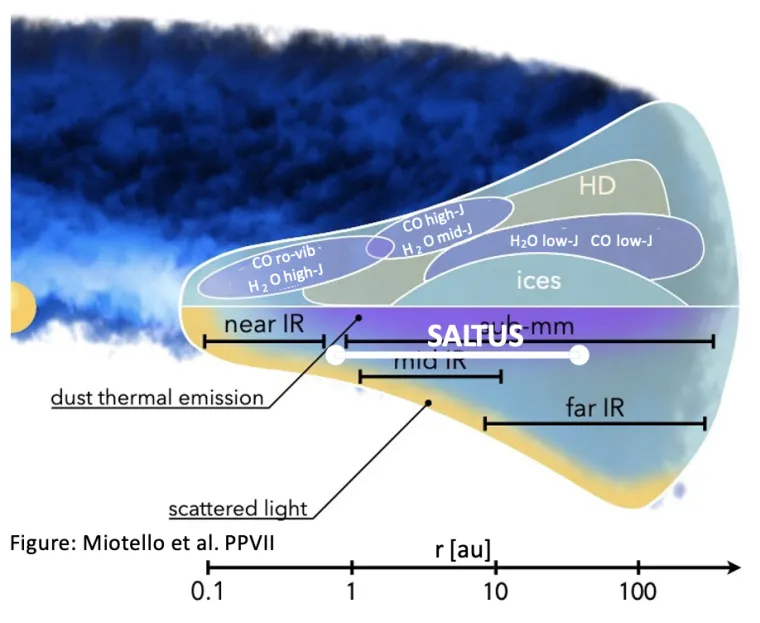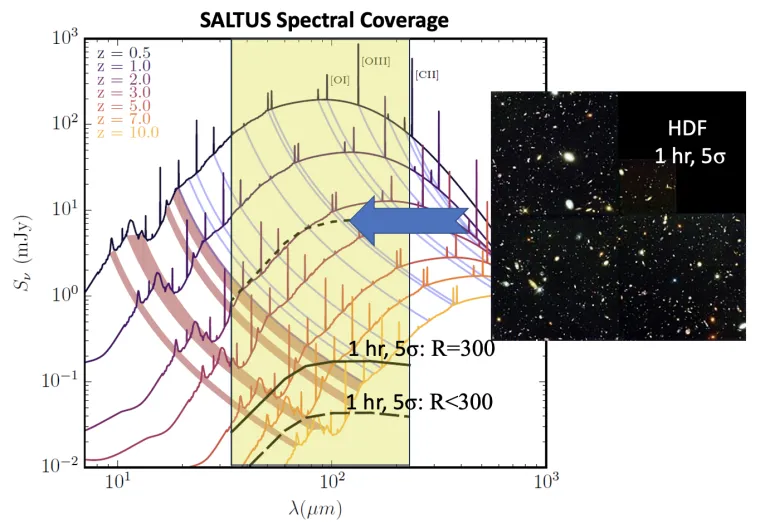SALTUS follows the Water Trail from Molecular Clouds to Oceans
Image

SALTUS is designed to probe the water trail using low lying rotational H2O lines that probe cold gas with HiRX and the icy grain reservoir through their phonon modes in emission with SAFARI-Lite.



